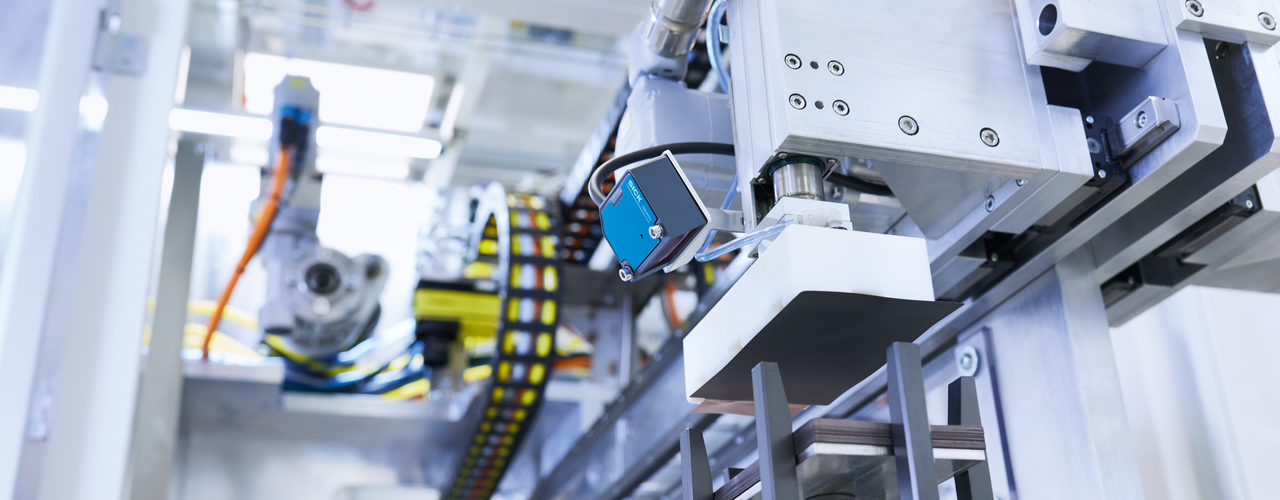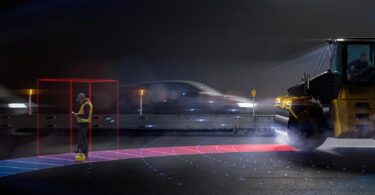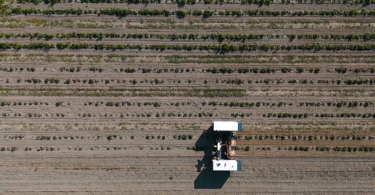How SICK’s OD200 Sensor Enhances Battery Cell Production
When it comes to battery cell manufacturing, precision isn’t just a luxury – it’s a necessity. One of the most critical steps in the process is cell stacking, where electrodes must be handled with extreme accuracy to ensure product quality and process efficiency. That’s where SICK’s OD200 displacement sensor comes in.
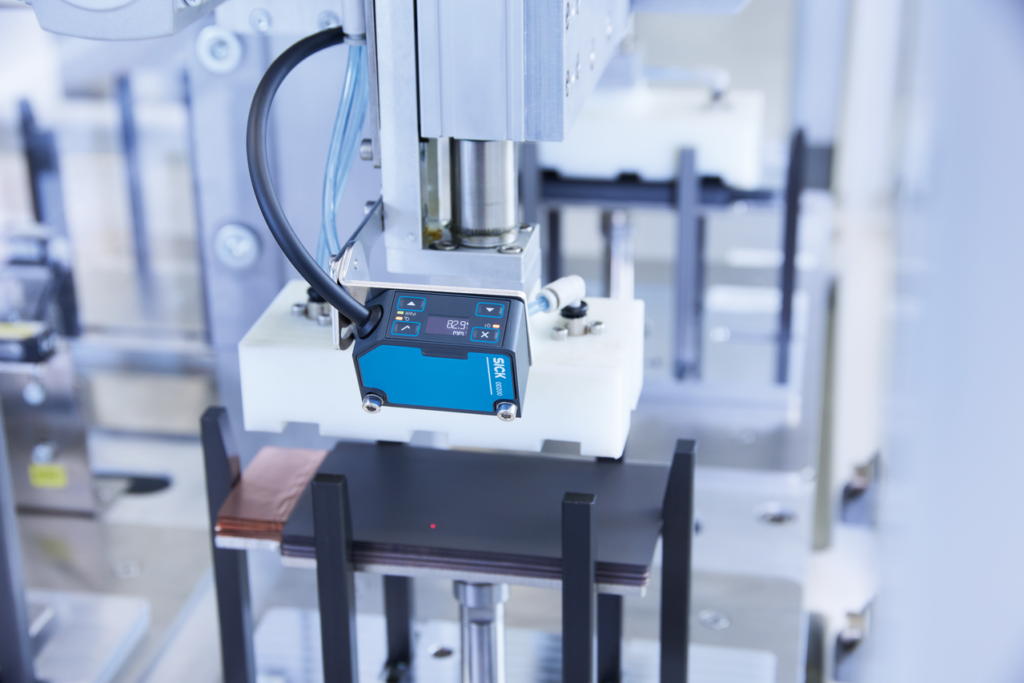
The Challenge: Reliable Electrode Handling
During cell stacking, electrodes are picked up and placed using automated vacuum grippers. For this to work seamlessly, the system needs to know exactly how tall the stack of electrodes is—down to the millimeter. Any misalignment can lead to errors, downtime, or damage to the materials.
SICK partnered with a leading research institute to tackle this challenge head-on. Their solution? The OD200 laser distance sensor, a compact and powerful tool designed for short-range precision measurements.
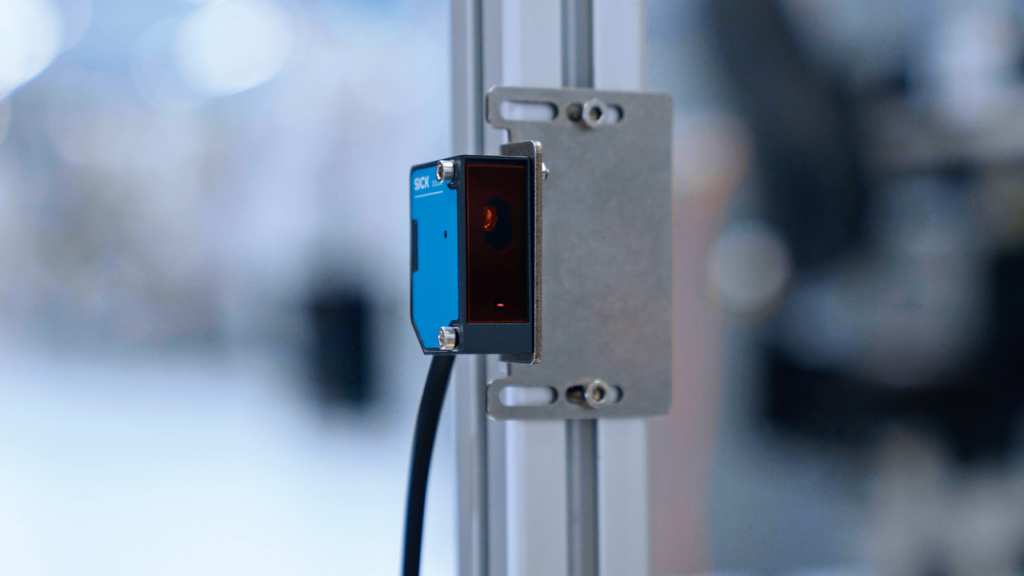
Why the OD200 Stands Out
The OD200 isn’t just another sensor—it’s a leap forward in measurement technology. With its newly developed triangulation core, dynamic receiver unit, and optimized optics, it delivers the kind of reliability usually reserved for high-end devices.
“The triangulation measurement core is reason only minimal measurement deviations arise,” said Michael Kiss, Strategic Product Manager at SICK. “This enables it to not only solve the problem at the research institute, but also obtain measurements on highly reflective, very dark, and irregular surfaces.”
The reliability and reproducibility of the OD200 measurements is also largely attributable to the modified optical system.
“We refined the geometry and consistency of the light spot and improved the sensor’s resistance to ambient light,” said Michael Kiss, Strategic Product Manager at SICK. “As a result, the OD200 delivers far fewer false readings and missed signals compared to standard devices—meaning less downtime, lower setup and maintenance costs, and ultimately, greater productivity.”
Smart Design for Seamless Integration
One of the biggest advantages of the OD200 is how easy it is to integrate. Its miniature housing and standard connectivity options mean it fits right into existing systems with minimal setup. Once installed, it starts delivering accurate height measurements immediately—no complex calibration required.

Direct Measurement Where It Matters Most
Unlike traditional photoelectric sensors that require reflectors and careful alignment, the OD200 performs direct point measurements on the electrode surface. This means it can measure exactly where the gripper picks up the electrode, even if the surface is warped or uneven.
“The OD200 is a self-contained solution that doesn’t require a reflector and is incredibly easy to set up,” said a project engineer from the research institute. “It can take precise point measurements directly on the electrode surface—right where the gripper picks it up—so even if the electrode is slightly warped, it doesn’t affect accuracy. Plus, it works reliably from almost any angle, which is a major advantage.”
Precision Across Challenging Surfaces
Battery electrodes can be reflective, dark, or irregular, conditions that typically confuse standard sensors. But the OD200 handles them with ease, thanks to its advanced evaluation algorithms and refined optical system. The result? Fewer false readings, reduced downtime, and lower maintenance costs.
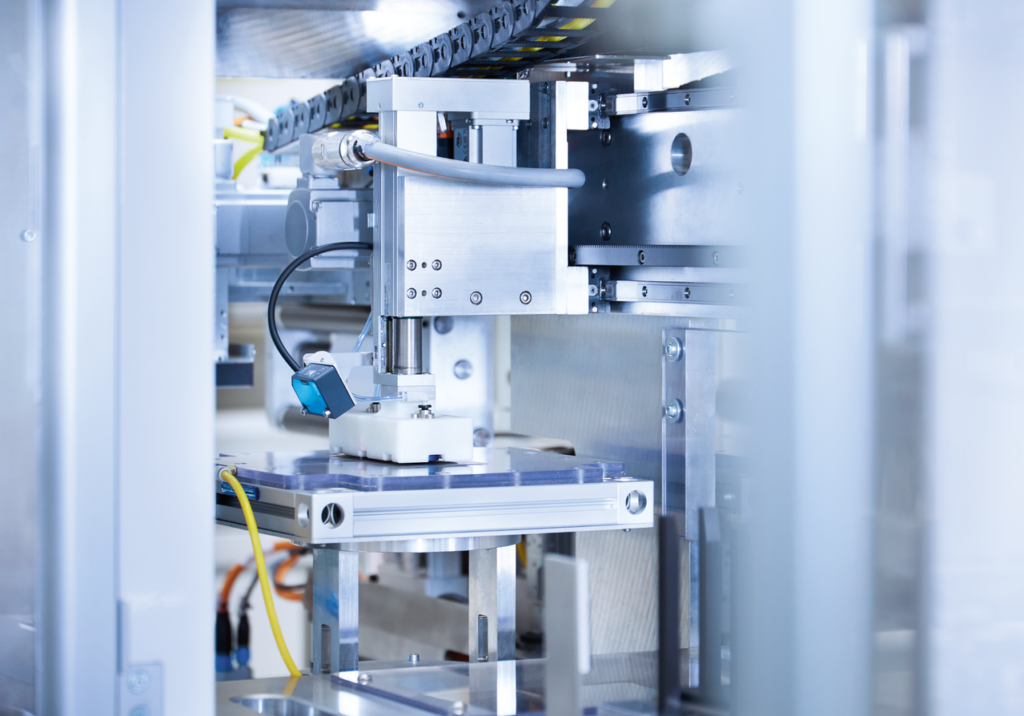
Boosting Productivity Through Smart Sensing
Since its implementation, the OD200 has been running smoothly in the cell stacking system, delivering consistent and accurate height measurements. It’s a small sensor making a big impact—streamlining production, reducing errors, and helping manufacturers meet the growing demand for high-performance battery cells.


